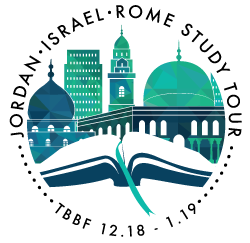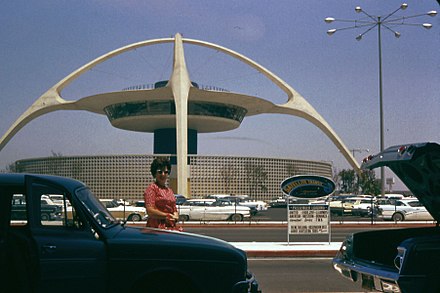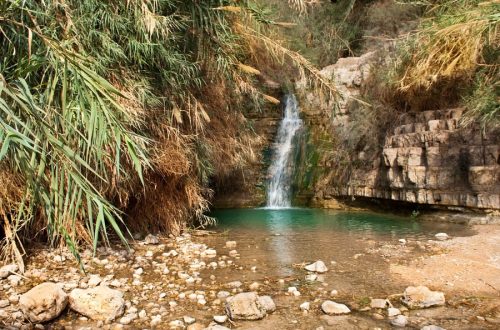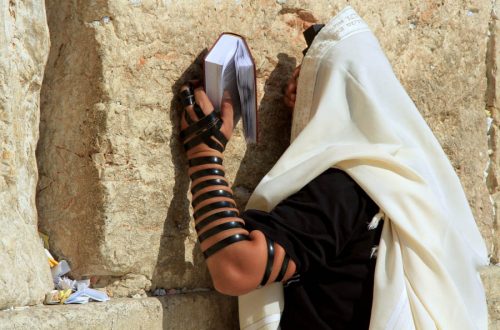Today’s tour will show the great “power” of Rome and Emperors who demanded divinity for themselves. This was mainly what Apostle Paul preached against this is Romans 1:25 “and worshipped and served the creature more than the Creator, who is blessed forever.”
Trajan’s Column and Forum
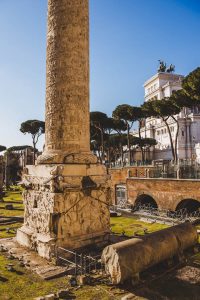
From the Trajan’s Column, jewel of architecture and sculpture made by Apollodorus of Damascus, our guide will show you along the Via dei Fori Imperiali (street of the Imperial Fora), the ruins of the fori that the great emperors built as lasting memory of their power. We see the the Forum of Trajan, the biggest and most splendid of all, whose markets, true forerunners of the modern commercial centers, offered to the Roman citizen any goods to be found at that time.
Mamertine Prison
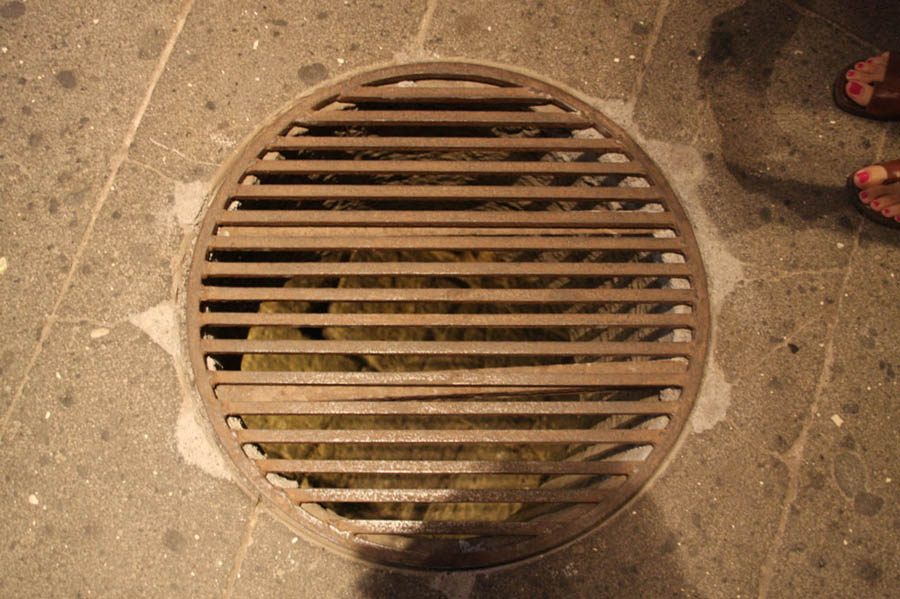
The Mamertine Prison, in antiquity the Tullianum, was a prison located in the Comitium in ancient Rome. It was situated on the northeastern slope of the Capitoline Hill. The church of San Giuseppe dei Falegnami now stands above the Mamertine.
According to tradition, the prison was constructed around 640–616 BC, by Ancus Marcius. It was originally created as a cistern for a spring in the floor of the second lower level. Prisoners were lowered through an opening into the lower dungeon. Incarceration in facilities such as the Tullianum was intended to be a temporary measure prior to trial or execution.
It has been long referenced that St. Peter was imprisoned at the Tullianum. Saint Paul’s imprisonment is well referenced by his Roman citizenship and decree of execution by Nero.
Capitoline Hill – Piazza del Campidoglio – Roman Forum

On foot you will reach the Capitoline Hill, once political and religious center of the town, which today is the seat of the Municipality. The stairway will lead you to the Piazza del Campidoglio, the magnificent result of a single project by Michelangelo, with a copy of the most famous equestrian statue in the world, the statue of Marcus Aurelius, in the middle. Behind Piazza del Campidoglio you will find a natural terrace providing the best panoramic point over the valley of the Roman Forum and the Palatine Hill. Walking through the valley of the Roman Forum the great Rome with its important buildings will revive before your eyes; the Curia, seat of the Roman Senate, the State Archive, the basilicas, palaces of justice, the temple of Vesta, and the House of the Vestals, the virgins in charge of keeping the sacred fire always alive, and all around temples and columns and arches of triumph erected to commemorate gods of Roman history.
From the Forum the guide will show you to the place linked to the fabulous origins of Rome: the Palatine. Here Romolus founded the town in the year 753 B.C. and starting with Augustus the great emperors settled here. From the valley of the Roman Forum you will admire the Domus Tiberiana only partially explored and the ruins of the Imperial Palaces.
Roman Colosseum

Leaving the Roman Forum you will find the Arch of Constantine, erected to commemorate the victory of the emperor over Maxentius in the 4th century A.D. (tradition says that before the battle the Emperor saw a brilliant cross in the sky and said the famous words “in hoc signo vinces”). The tour ends at the Colosseum, everlasting symbol of the greatness of Rome and the stage for the historical fights of the gladiators.
Catacombs of Santa Domotilla
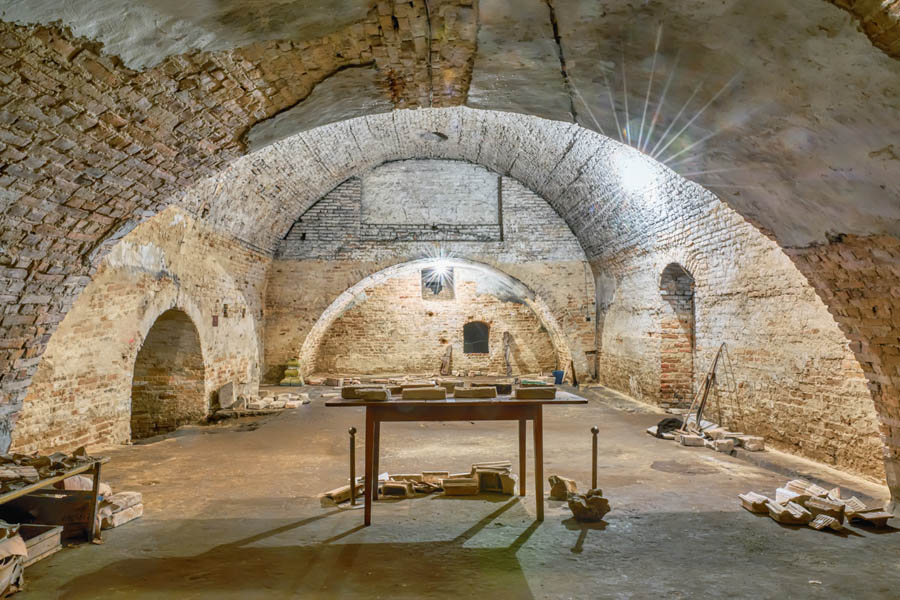
Continue on the Ancient Appian Way, to visit the Catacombs of Santa Domitilla. The Christian catacombs are extremely important for the art history of early Christians. At first they were used both for burial and the memorial services and celebrations of the anniversaries of Christian martyrs (following similar Roman customs). They probably were not used for regular worship. Many modern depictions of the catacombs show them as hiding places for Christian populations during times of persecution.
Abbey of the Three Fountains
Regain our bus and continue the tour visiting Abbey of the Three Fountains, the place of Paul’s martyrdom, where tradition has it that three different springs gushed out at each spot touched when Paul’s head fell down. Legend claims that when St Paul was decapitated, his head bounced three times and fountains miraculously sprang out when it touched the ground. The legend is nice, but the springs were known in pre-Christian times as the Aquae Salviae, and the excavations revealed ancient mosaic pavements. Still, even if it is not true it helps identify the site of St Paul’s martyrdom. It is also said that there was a stone-pine tree at the site of his death, and the identification of this place was strengthened when ancient stone-pine cones were found here during excavations in 1857.
Basilica of St. Paul outside the walls
To conclude this day in Rome we will visit the place where the bones of Paul have recently been found, Basilica of St. Paul Outside the Walls. It is a Benedictine Abbey which shares its name, origins and centuries of history, both joyful and sorrowful, with the adjoining basilica.
Biblical References
- Romans 1:18-32 – Paul speaking against the rebellious man
- 1 Peter 1:3-9 – Peter’s encouragement to believers going through severe persecution
- Col 4:18 – Paul requesting that believers remember him as he is in prison in Rome
